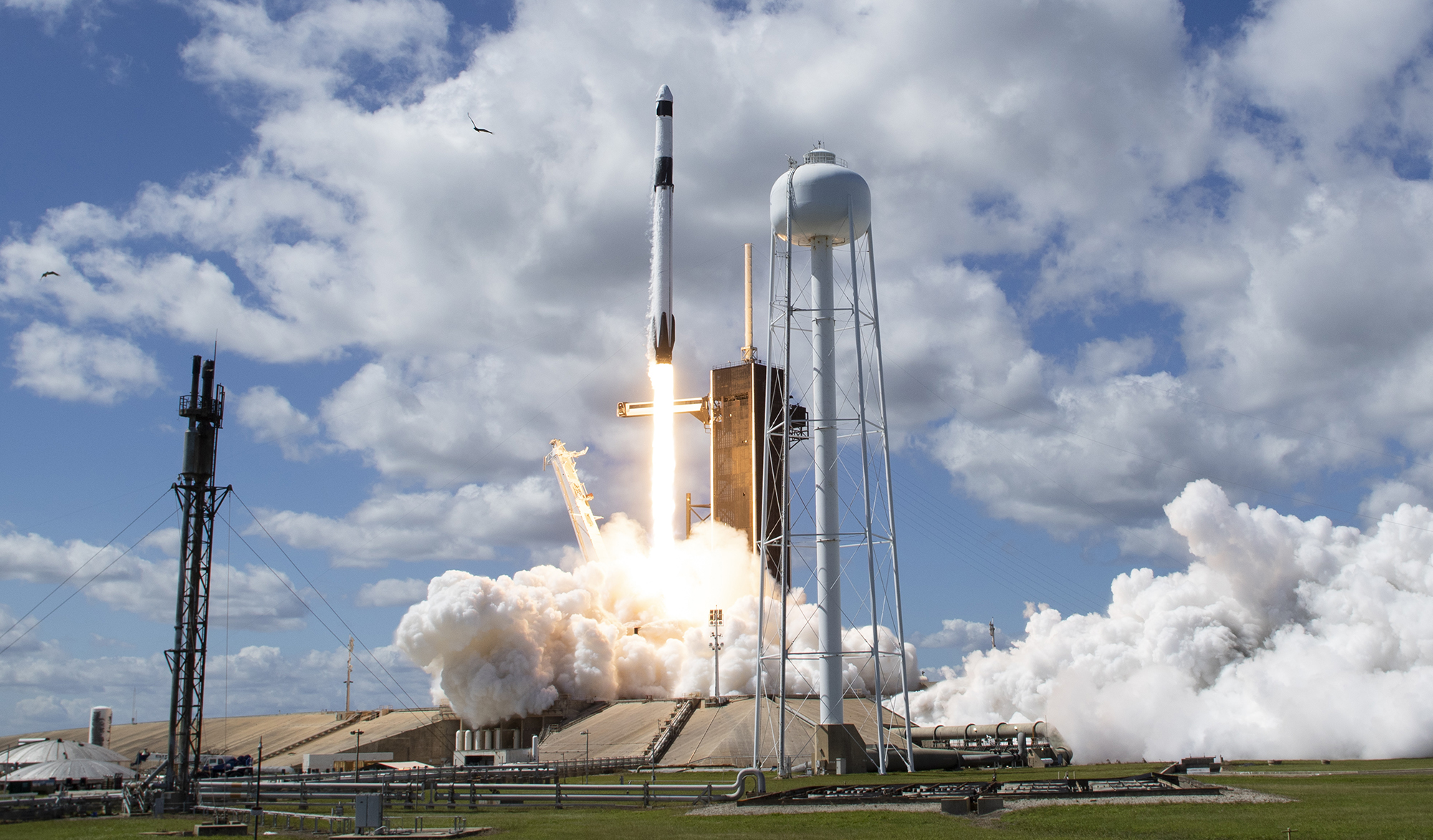SpaceX capsule docks with International Space Station
(CNN) — A SpaceX capsule carrying a multinational crew of astronauts linked up with the International Space Station on Thursday after a 29-hour trek.
The mission, called Crew-5, is a joint operation by NASA, SpaceX and their government partners around the world, including — for the first time — Russia, despite mounting tensions on the ground surrounding the invasion of Ukraine. The mission launched from Kennedy Space Center in Florida at noon ET Wednesday.
The Crew Dragon capsule spent a day making a slow, methodical climb toward the space station. And as it approached the ISS, the spacecraft, which is fully autonomous, used its small onboard thrusters to stay oriented as it eased into its docking port. It first made physical contact with the ISS at 5:01 p.m. ET.
After ensuring a vacuum-tight seal between the SpaceX spacecraft and the ISS, the hatch that separated the capsule and the space station was opened, officially joining the spacecraft. Shortly, the four Crew-5 crew members will to join the seven astronauts already aboard the ISS. A welcome ceremony was scheduled for 8:15 p.m. ET.
The crew members include astronauts Nicole Mann and Josh Cassada of NASA; astronaut Koichi Wakata of JAXA, or Japan Aerospace Exploration Agency; and cosmonaut Anna Kikina of Russia’s Roscosmos space agency.
The spaceflight marks a historic moment, as Mann has become the first Native American woman ever to travel to space. She’s also serving as mission commander, making her the first woman ever to take on such a role for a SpaceX mission.
Kikina’s participation in this flight is part of a ride-sharing agreement inked by NASA and Roscosmos in July. Despite geopolitical tensions between the United States and Russia reaching a near fever pitch as the war in Ukraine has escalated, NASA has repeatedly said that its partnership with Roscosmos on the ISS is vital to continuing the space station’s operations and the valuable scientific research that is carried out on board.
During a news conference on Wednesday, Sergei Krikalev, the executive director of Human Space Flight Programs at Roscosmos, also commented on the significance of the U.S.-Russian partnership.
“We just continue what was started many years ago, in 1975 when the Apollo-Soyuz crew worked together,” Krikalev said, referring to an in-space meetup in 1975 that became a symbol of post-Cold War cooperation between the U.S. and Russia. “Now we continue that.”
The Crew-5 astronauts will spend about five months in space. During their stay, they’re expected to conduct spacewalks to maintain the space station’s exterior, as well as perform more than 200 science experiments.
“Experiments will include studies on printing human organs in space, understanding fuel systems operating on the Moon, and better understanding heart disease,” according to a NASA statement.
This is the sixth crewed mission that SpaceX, a privately owned company headed by controversial tech billionaire Elon Musk, has carried out on NASA’s behalf. The program stems from a $2.6 billion deal that NASA and SpaceX signed nearly a decade ago as part of the space agency’s efforts to hand over all transportation to and from the ISS to the private sector so that NASA could focus on exploring deeper into the solar system.
Aerospace giant Boeing also signed a similar contract, though it’s still working to get its commercial spacecraft, the Starliner, up and running. Its first crewed flight could happen in early 2023.
Meanwhile, NASA has continued to extend its partnership with SpaceX, growing the value of their overall deal to encompass 15 total crewed missions at a value of more than $4.9 billion.
